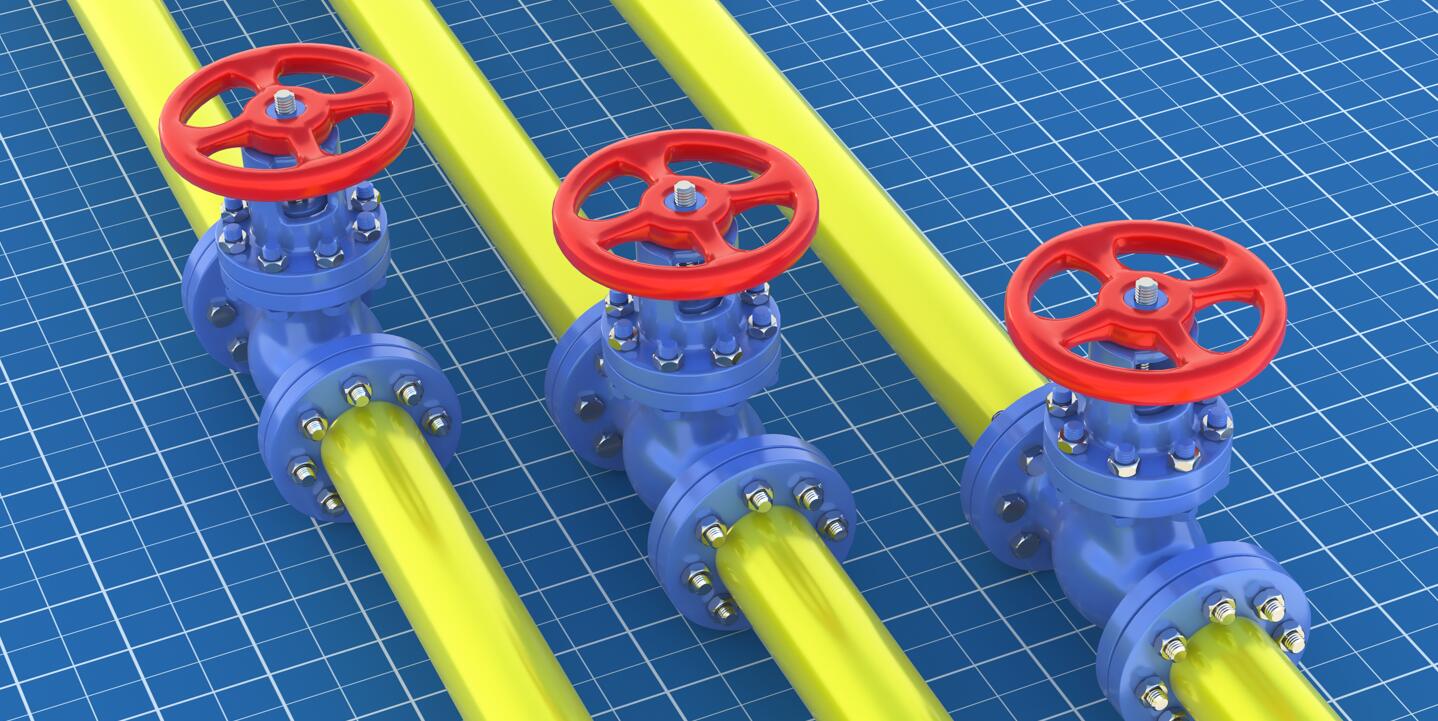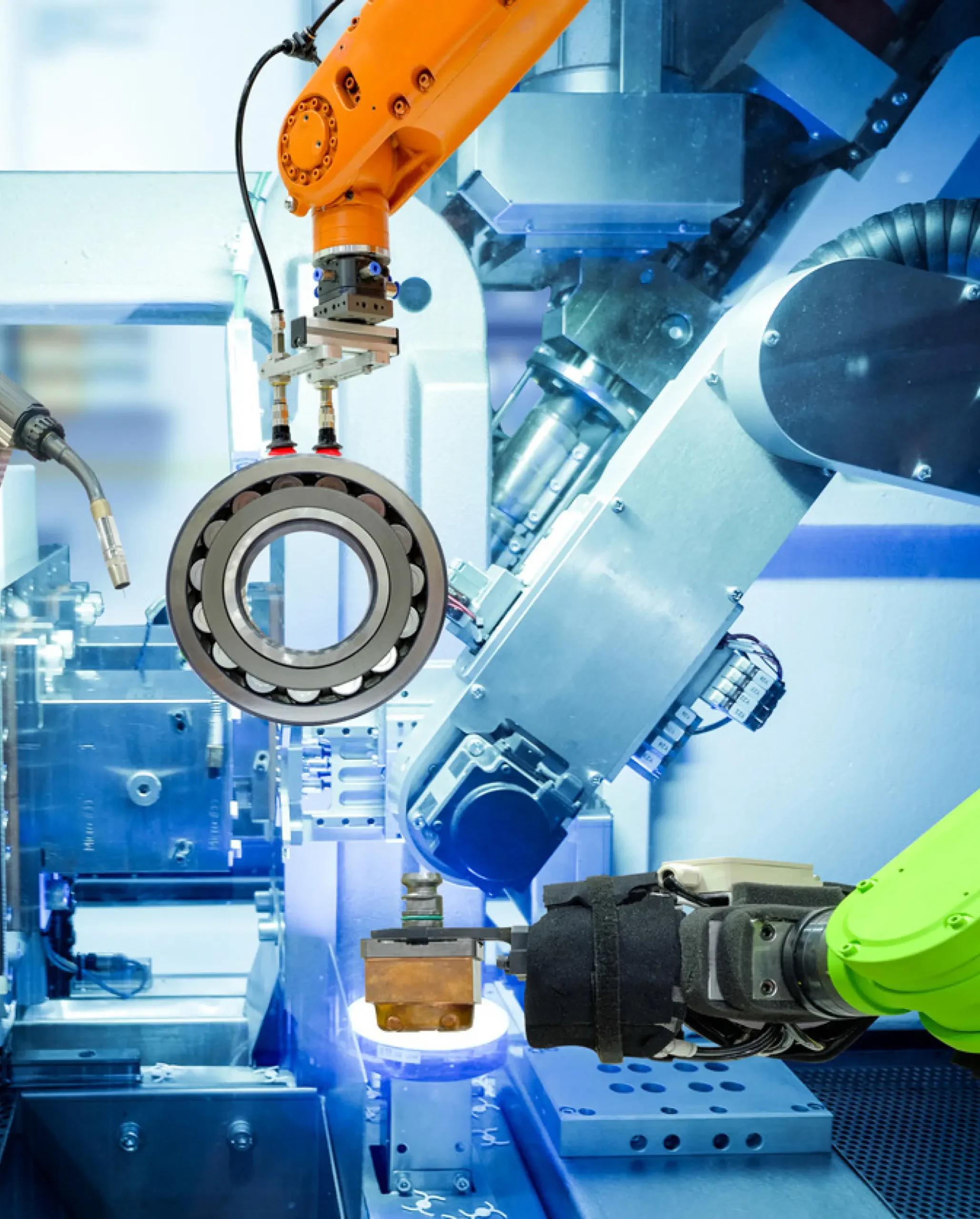Gas valves are key components for controlling gas flow and are widely used in industrial, commercial, and home environments. However, incorrect operation or valve leakage can lead to serious safety issues, including fires, explosions, and toxic gas leaks. Therefore, ensuring the safety of gas valves is crucial. In this blog, we will delve into how to ensure the safety of gas valve operation and how to respond to emergencies and leaks.

Safety of gas valve operation
1. Correct operating procedures
One of the primary safety measures is to ensure that gas valves are operated according to the correct procedures. Here are some basic operating principles:
Understand valve types: Different types of gas valves have different operating methods. It is crucial to understand the valve type and its working principle before operation.
Operation training: Ensure that operators have received appropriate training on how to operate valves correctly. The training should include procedures for opening, closing, adjusting, and emergency closing valves.
Identification and documentation: Each gas valve should have appropriate identification and documentation, so that operators can quickly identify the purpose and characteristics of the valve.
Use appropriate tools: When operating valves, use appropriate tools to ensure safety and effectiveness of operation.
2. Regular maintenance and inspection
Maintenance and inspection are key to ensuring the safety of gas valves. Regular maintenance can prevent potential malfunctions and leaks, ensuring the normal operation of the valve. The following are some important aspects of maintenance and inspection:
Regular inspection: Regularly inspect the appearance of gas valves, looking for signs of corrosion, leakage, damage, or foreign objects.
Cleaning and lubrication: Regularly clean and lubricate valves to ensure smooth operation of moving parts. Cleaning should include removing dirt and sediment.
Leak detection: Conduct leak detection using gas detection instruments or soap water solutions to detect potential leak points.
Emergency shutdown test: Regularly test the emergency shutdown device to ensure that the valve can be quickly closed when needed to prevent dangerous situations.
3. Safety valve and emergency shutdown device
Safety valves and emergency shutdown devices are key safety measures used to respond to emergency situations and prevent overpressure. These devices play the following roles in the valve system:
Overpressure protection: The safety valve can release gas when the system reaches dangerous pressure to prevent system explosion or damage.
Emergency shutdown: The emergency shutdown device allows operators to quickly close the valve in emergency situations to prevent gas leakage or the spread of hazardous situations.
4. Regular training and awareness
Continuous training and raising awareness among operators are crucial for ensuring the safety of gas valve operation. Here are some suggestions for training and awareness enhancement:
Regular training: Provide regular safety operation training for operators, including valve types, operating procedures, and emergency response.
Safety awareness: Improve the safety awareness of operators, educate them to identify and report potential hazardous situations.
Emergency drills: Conduct regular emergency drills to ensure that operators know how to respond to emergencies.
Responding to emergency situations and leaks
Despite taking all necessary preventive measures, emergency situations and leaks may still occur in certain situations. Here are some key steps to deal with emergencies and leaks:
Emergency shutdown: If a hazardous situation occurs, immediately execute the emergency shutdown procedure and close the valve to stop gas flow.
Call emergency services: In the event of a leak or dangerous situation, immediately call emergency services, such as the fire department or emergency rescue team.
Evacuation: If the situation allows, quickly evacuate the hazardous area to ensure safety.
Notify superiors: Report accidents or leaks to superiors or relevant management personnel in order to take appropriate measures.
Do not attempt to repair: In dangerous situations, do not attempt to repair the valve or handle leaks on your own. Leave it to professionals to handle.
conclusion
The safety of gas valves is a key factor in protecting life and property. Through correct operation, regular maintenance and inspection, use of safety valves, and tightening





